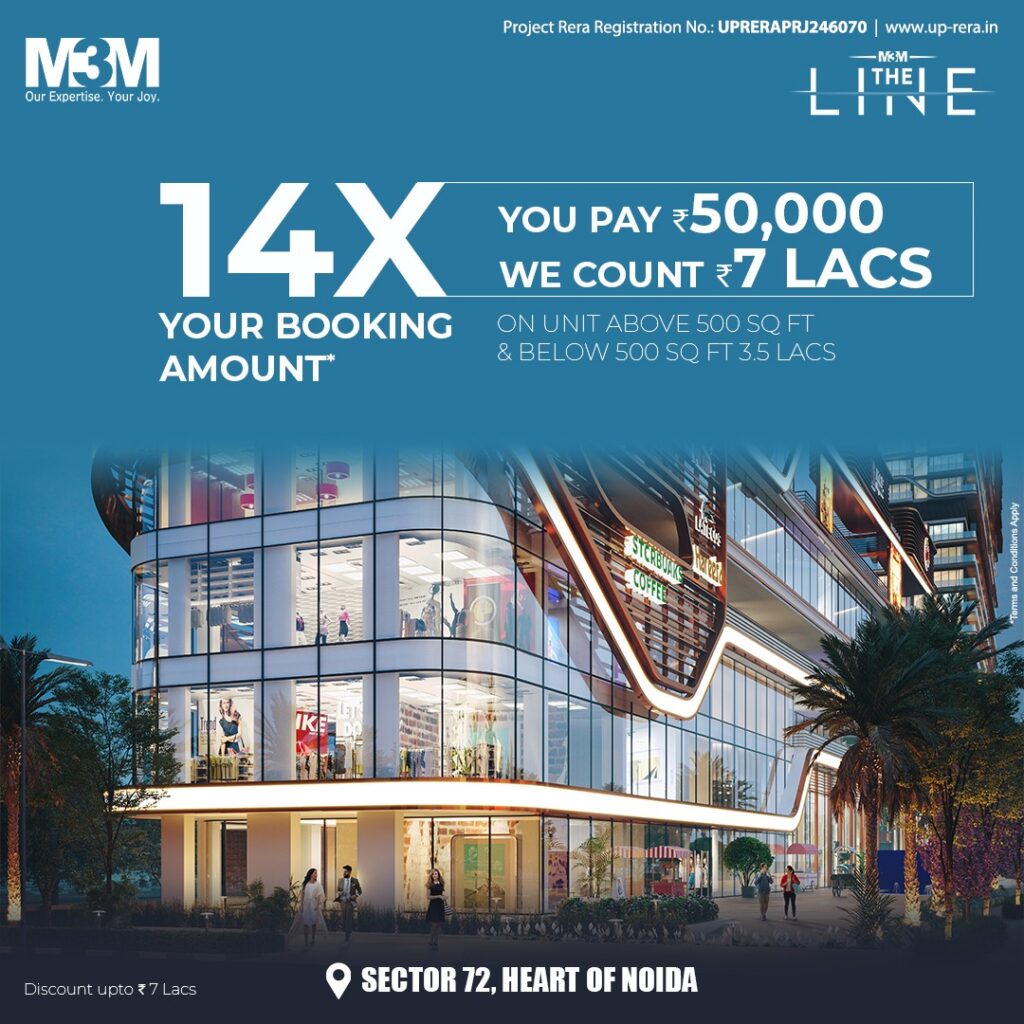Introduction:
The world of construction is witnessing a transformative shift with the rise of pre-engineered buildings (PEB). These innovative structures have gained immense popularity in recent years due to their numerous advantages over traditional construction methods. From cost-effectiveness to sustainable practices and speed of construction, PEB is- revolutionizing the commercial and industrial construction landscape. In this blog, we will explore the reasons why pre-engineered buildings are the future of construction and how they are reshaping the industry.
PEB is pre-fabricated in the PEB factory and the parts of the structure are transported to the site, where the whole building is assembled like legos using nut bolts. There are several advantages to using PEB, including:
Advantages & Application of Pre-Engineered Buildings
1. Speed of construction: PEB (pre-engineered buildings) can be erected much more quickly than traditional buildings because they are prefabricated and require minimal on-site construction. This can be especially useful in situations where time is a critical factor, such as in the case of emergency shelters. As a result, commercial and industrial projects are completed in a fraction of the time as compared to civil buildings, enabling businesses to start their operations sooner and increasing their overall efficiency. Industrial PEB buildings are getting more popular because the speed of construction is higher.
2. Customization: While Pre Engineered Structures are made using specific components, they can be customized to meet the specific needs and requirements of the customers. PEB companies follow MTO (made-to-order) process, which allows customers to be very specific with their needs and goals. This streamlined approach allows for greater precision and attention to detail, resulting in tailored solutions that perfectly meet the specific requirements of each project. Whether it’s increasing the building’s footprint, adding new features, or adapting the structure for changing purposes, pre-engineered buildings provide a hassle-free solution, saving time and resources.
3. Durability: Durability is a non-negotiable factor in commercial and industrial construction, and pre-engineered buildings excel in this aspect. PEB buildings are designed to be durable and long-lasting. PEB steel structures are typically made from high-quality materials. The steel components are engineered to fit together seamlessly, reducing vulnerabilities and enhancing the building’s overall strength.
4. Energy Efficiency & Sustainability: Sustainability is a significant concern in the construction industry, and pre-engineered buildings are at the forefront of green building practices. PEB can be designed with energy-efficient features such as better insulation, energy-efficient windows, and eco-friendly roofing materials. Additionally, the controlled manufacturing environment reduces waste and minimizes the overall environmental impact. As businesses and industries strive to adopt eco-friendly practices, pre-engineered buildings provide an ideal solution to meet their sustainability goals.
5. Flexibility of Future Expansion & Adaptability: The business landscape is constantly evolving, and companies need structures that can adapt to their changing needs. Pre-engineered buildings offer excellent expansion opportunities, with the ability to add extensions, and mezzanine floors, or reconfigure the interior layout as required. This adaptability makes PEB a preferred choice for businesses that anticipate future growth and expansion.
Pre-engineered buildings can be easily expanded in length by adding additional bays to them. The connections of all the components used in such a PEB steel structure are standard and thus the erection time is faster. Since bolted connections are only used, the length-wise expansion in a PEB becomes more evident.
6. Structural Integrity and Safety: Pre-engineered buildings offer high structural integrity and safety. These structures are engineered to withstand various environmental factors, including earthquakes, high winds, and heavy snow loads. Before constructing the PEB structure, wind loads & earthquake zones are studied along with the data on previous earthquakes recorded and their gravity, and the structures are designed and erected accordingly. The weight of the structure is also calculated keeping these in mind. The precision engineering and quality control processes in the fabrication phase ensure that each component fits perfectly, minimizing the risk of errors and ensuring the overall safety of the building.
Applications of PEB include warehouses, factories, offices, schools, hospitals, and other types of commercial, industrial, and public buildings. They are also commonly used in the construction of military bases, airports, airport hangars, and other specialized facilities. The trend in metro cities is also growing towards constructing PEB hotels and flat schemes.
Streamline your construction process with a PEB from Blueladder EPC Solutions Pvt Ltd. Contact us for more information. https://www.blueladderepc.com or call +917798811367
Team Blueladder has vast experience in offering solutions for metal building systems. They have a state-of-the-art manufacturing facility and provide top-quality pre-engineered buildings and turnkey engineering solutions.


Somebody essentially lend a hand to make significantly posts I might state. That is the very first time I frequented your web page and up to now? I surprised with the research you made to create this particular put up amazing. Excellent job!